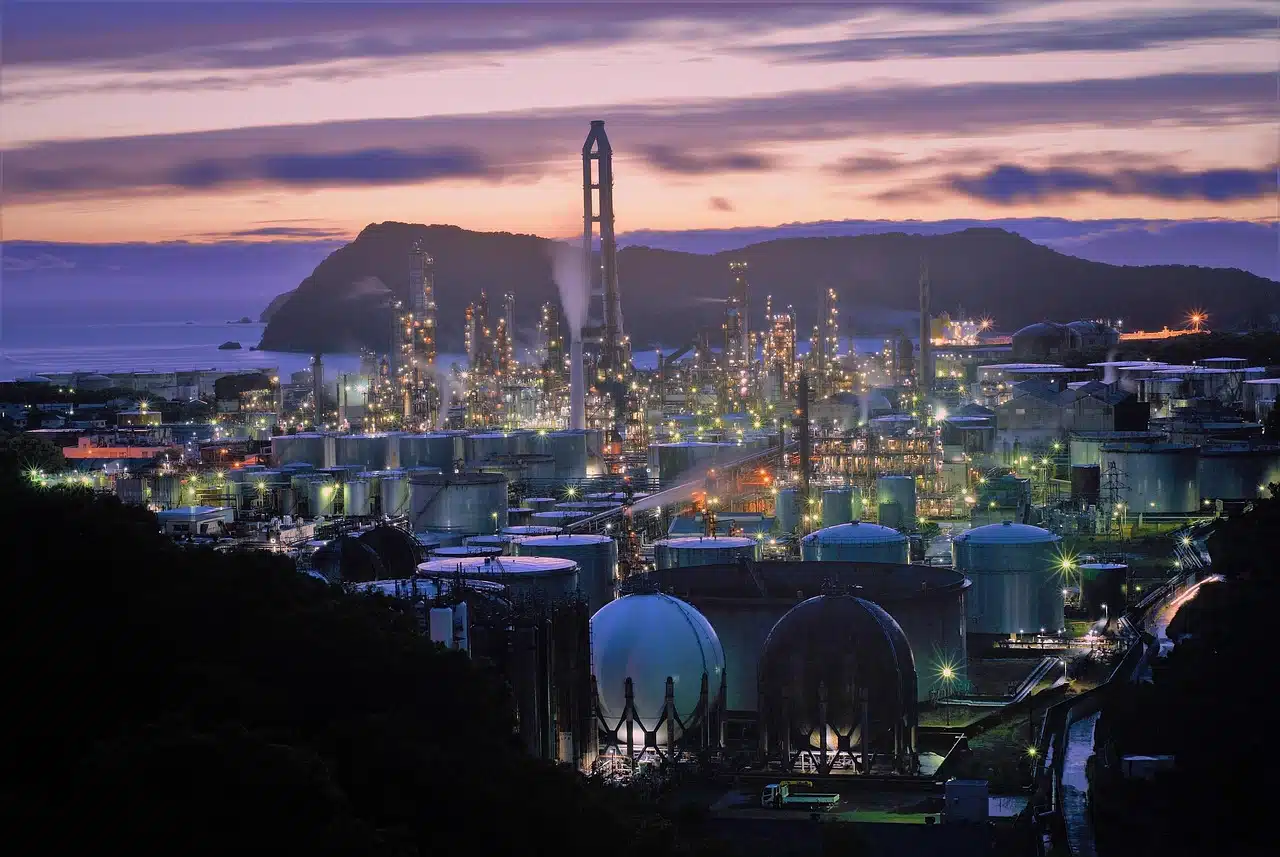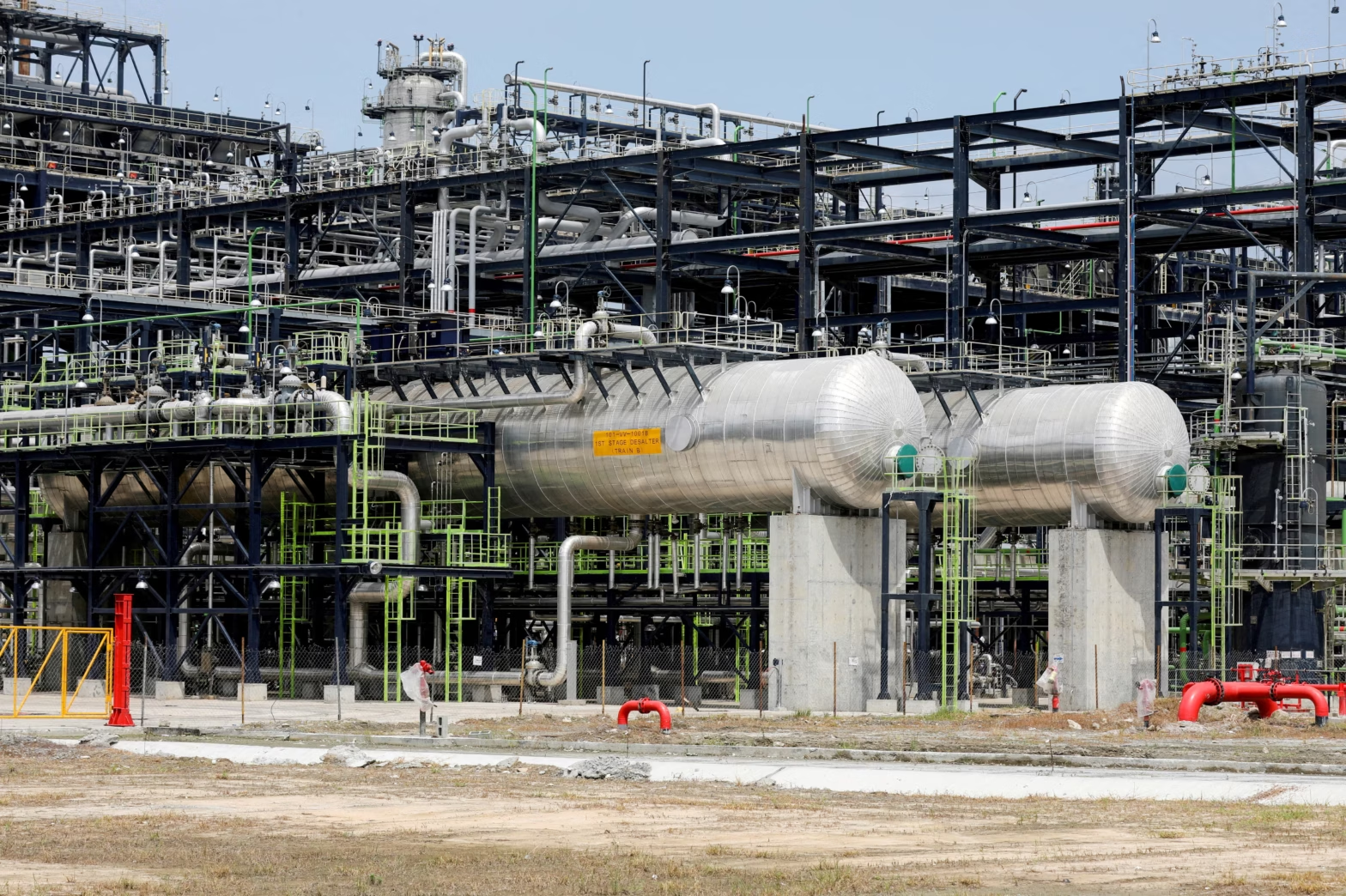The Warri Refinery, located in Delta State, is one of four state-owned refineries in Nigeria.
For decades, the refinery, along with the other three, remained largely non-functional despite billions of dollars spent on maintenance and rehabilitation.
However, both the Warri and the old Port Harcourt refineries have reportedly resumed partial operations, with the Warri Refinery currently operating at 60% capacity.
According to Mele Kyari, the Group CEO of Nigerian National Petroleum Corporation (NNPC) Limited, the refinery can now process Naphtha, AGO, and kerosene, while full petrol refining capacity is yet to be completed.
With the Warri Refinery back in operation, Nigeria now boasts three functional refineries, placing it among African nations with the highest number of refineries, alongside Egypt, South Africa, and Angola.
Here are five facts you may not know about the Warri Refinery:
1. Year of Commission
The Warri Refinery, located in the Ekpan area of Warri, Delta State, was built in 1977 and commissioned in 1978, making it one of the oldest refineries in Nigeria. It is the country’s second oldest refinery, following the old Port Harcourt Refinery, commissioned in 1965, and preceding the new Port Harcourt Refinery, commissioned in 1985.
Designed as a complex conversion refinery, Warri Refinery has a nameplate distillation capacity of 6,250,000 metric tons per annum (MTA). The refinery complex also includes a petrochemicals plant, commissioned in 1988, with production capacities of 13,000 MTA of polypropylene and 18,000 MTA of carbon black.
2. Refining capacity
The Warri Refinery is Nigeria’s second state-owned refinery, boasting a refining capacity of 125,000 barrels per day. The petrochemical plant, valued at an estimated $478 million, represents a significant investment in the country’s industrial infrastructure.
Originally constructed by the now-defunct Nigerian National Oil Corporation (NNOC), the refinery featured a 100,000 barrels-per-stream-day (bpsd) conversion plant, equipped with a Naphtha Catalytic Reforming Unit (CRU) and a Fluid Catalytic Conversion Unit (FCCU).
The facility also includes key processing units such as the Kerosene Hydrotreating Unit (KH), FCC, HF Alkylation, Polypropylene, and Carbon Black units, further enhancing its production capabilities.
3. Utilities of the refinery
The refinery is equipped with all necessary utilities for its operations, including a 125 MW power generation capacity, a high-pressure steam plant capable of producing 545 T/Hr, a nitrogen plant with a 1,600 NM³/Hr capacity, potable and wastewater treatment facilities, and crude oil storage of 273,600 m³ for 14 days of operations.
Additionally, it features a jetty for importing and exporting various products, including fuel oil, diesel, PMS, and ethylene, along with truck-loading facilities for product evacuation.
4. Products it can process
The refinery produces a range of crude oil by-products, including LPG (propane and butane), PMS, and Household Kerosene (HHK). It also yields Automotive Gas Oil (AGO) and Fuel Oil as part of its production output.
These products cater to various industrial and domestic energy needs.
5. Warri refinery was operational till 1990s
The Warri Refinery was once operational, processing crude oil and supplying products to local markets, particularly in the southwestern region, until the early 1990s.
However, the refinery became moribund during the 1990s due to mismanagement, political interference, and technical failures.
Reports indicate that the decline began after the military government ordered NNPC to close its accounts in commercial banks and transfer them to the Central Bank, effectively stripping the corporation of its autonomy.
As a result, NNPC became increasingly subjected to political directives, making it unable to ensure prompt maintenance of the refinery.






